Plevna Square
Due to the numerous symbols and decorative motifs used, the report houses from Plevnei Square are among the most representative achievements of the Timisoara Secession.
Listen to the audio version.
This perimeter was initially located outside the walls of the Timişoara fortress and was used as a wood depot, and then as an animal market. After the demolition of the fortress walls and the removal of the construction ban on the area of the former esplanade, in this area was built an impressive set of buildings, which turned this space into one of the most select neighborhoods in the city. The buildings in this area were built after the 1900s and still impress today with the type of Secession.
Adolf Vértes Palace, located at no. 5, is a two-story building designed by László Székely, the chief architect of Timișoara in the first decades of the 20th century. On the facade of the building, under the windows, there are two bas-reliefs in which young women appear, one playing the violin and the other painting. A spectacular stained glass window can be admired above the access gate to the building. The building has an irregular planimetric and falls within the characteristics of the Secession style. The construction was completed in 1910.
Another building located in Plevnei Square, the one from no. 4, is the house known as the "Peacock House" or the house of Romulus Nicolin, named after the owner. The building was built by the architect Martin Gemeinhardt, in 1904, in the Secession style. On the facade of the house appears the representation of the theme of the tree of life, this being rendered in the central part of the house. The tree of life then spreads its branches symmetrically to the upper floor, supporting various scenes with subjects from nature. At the same time, for marking the three inner beams of the volume, on the main façade are used the pilasters based on consoles finished in volutes.
Near this house, at no. 7, is located "The House with Peacocks and Owls" or the Johann Hartlauer house, after the name of the owner. At this house, we identify large compositions, located above the upstairs windows - the famous crowned peacocks - but also other zoomorphic motifs (owls, squirrels), the decor is enriched with multiple plant motifs (sunflower, plant stems with fruit and flowers). At the same time, a very important architectural element is the cornice supported by thick metal brackets.
The building from no. 2, known as the house of Eng. Emil Szilárd, after the owner, or "The House with the Beautiful Gate", was built in 1904-1905 in the style of Secession, by the architect László Székely. As it appears from its name, the most representative element of the house is the gate of the entrance to the courtyard of the house, a completely remarkable achievement. Due to the structure and the constructive beauty, the gate is probably the most elegant example of the Secession ironwork in Timisoara.
Bibliography:
- http://merg.in/timisoara/de-vizitat/monumente/cladirile-somptuoase-din-piata-plevnei-3311.html site accessed on March 15, 2020 .
- https://www.pressalert.ro/2014/05/timisoara-uitata-casele-vechi-din-elisabetin-intre-ruine-si-bijuterii/ site accessed on March 15, 2020 .
- http://www.timisoara-info.ro/ro/atracii-turistice/cartiere-istorice/iosefin/obiective/171-casa-cu-poarta-frumoasa.html - site accessed on 16 March 2020.
Listen to the audio version.
Pia Brînzeu, Family Journal, Manuscript
Stop 4: The houses in Plevnei Square/Gh. Doja Park
May 3, 1920. Aloysia Cecilia Katharina Gombocz Bayer de Rogacz, my great-grandmother, sits at her window watching Jimbolia’s main street. It’s a frequent activity for a housewife. Since she has all sorts of servants – a cook, a woman to clean and do the laundry, a gardener, and a driver –, she is not very busy. So what else is there for her to do? To see who’s passing by carriage or walking through town, to admire the sweet scented acacia, and to listen to the shouts of the children playing outside with a rag ball.
Today, though, she hopes that the commotion in the street will help her to forget her great trouble: her son, Ludwig, came back from Austria with a wife before Luiza, his sister, got married. The conditions were clear regarding the order of marriages: she should marry first, and he only after that. How dared he disobey? Was love to blame? But who gets married for love? Only the servants, no doubt. Everybody else can control their urges. We don’t live in the jungle, after all...
Luiza has a serious suitor. He sends her romantic love notes and seems to love her. He has it all: he is a baron, he is German, and he is Catholic. Why doesn’t she want him? Käthe, the servant, whispered to mother that Luiza might be in love. She didn’t dare to mention with whom, but mother found out from Willy, the driver. Of all possible options, she fell for a painter, Ştefan Jäger, the son of a barber. That’s why he always comes and offers to paint all the family members. Not for the money, as she had thought. To see Luiza... Luiza, of course, he doesn’t have the courage to paint. He just inserts her face in the paintings depicting Swabians. Hidden in the background on these canvases you can see the suave face of a blond girl, who could be Luiza. They have become the laughing stock of the town.
Willy also told her that it was Obendorf, the drawing teacher, who, a long time ago, had convinced Jäger’s parents to send him to Budapest to study painting there, and who had convinced count Szechy to give him money to tutor his offspring. The painter travelled a lot, it’s true, to Austria, Germany, and Italy, he stood out during the war, on the Dalmatian front, and about ten years ago he painted a triptych about the Swabians’ arrival in the Banat. So what? European culture, a soldier’s courage, artistic talent? What kind of painter is he if hasn’t had any exhibitions yet? For sure, it can only be his charmingly curled up moustache that makes young girls fall for him... And the four thousand crowns received to prepare the triptych, to wander through the German lands the Swabians came from and understand what kind of costumes they were wearing at the colonization moment, that money is long gone. He has no stable income to start a family, and, on top of that, he is very old. He’s over forty…... What to do, what to do?

Artwork by Raluca Napău, 9th grade C student "Grigore Moisil" Theoretical High School in Timișoara and exposed to UPT Library within the exhibition "Timisoara's Stories - A visual journey through Timisoara" - within the Project Creative Schools - Timisoara Stories - a continuation of the Spotlight Heritage Timisoara project, part of the cultural program of Timisoara Cultural Capital 2023 - project that brought together over 1600 children and teenagers and more than 60 teachers from Timisoara's schools, in over 50 interactive activities.
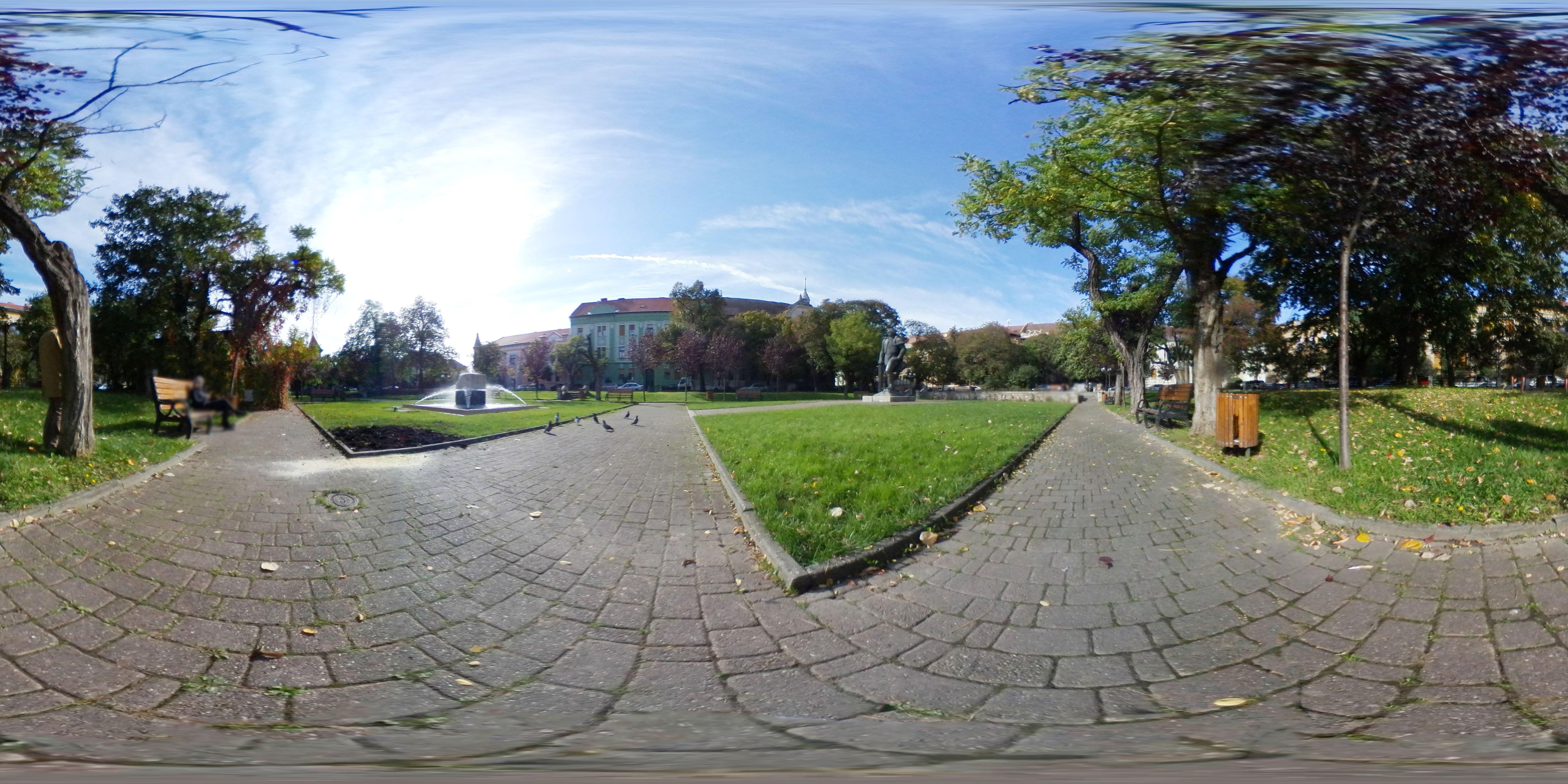
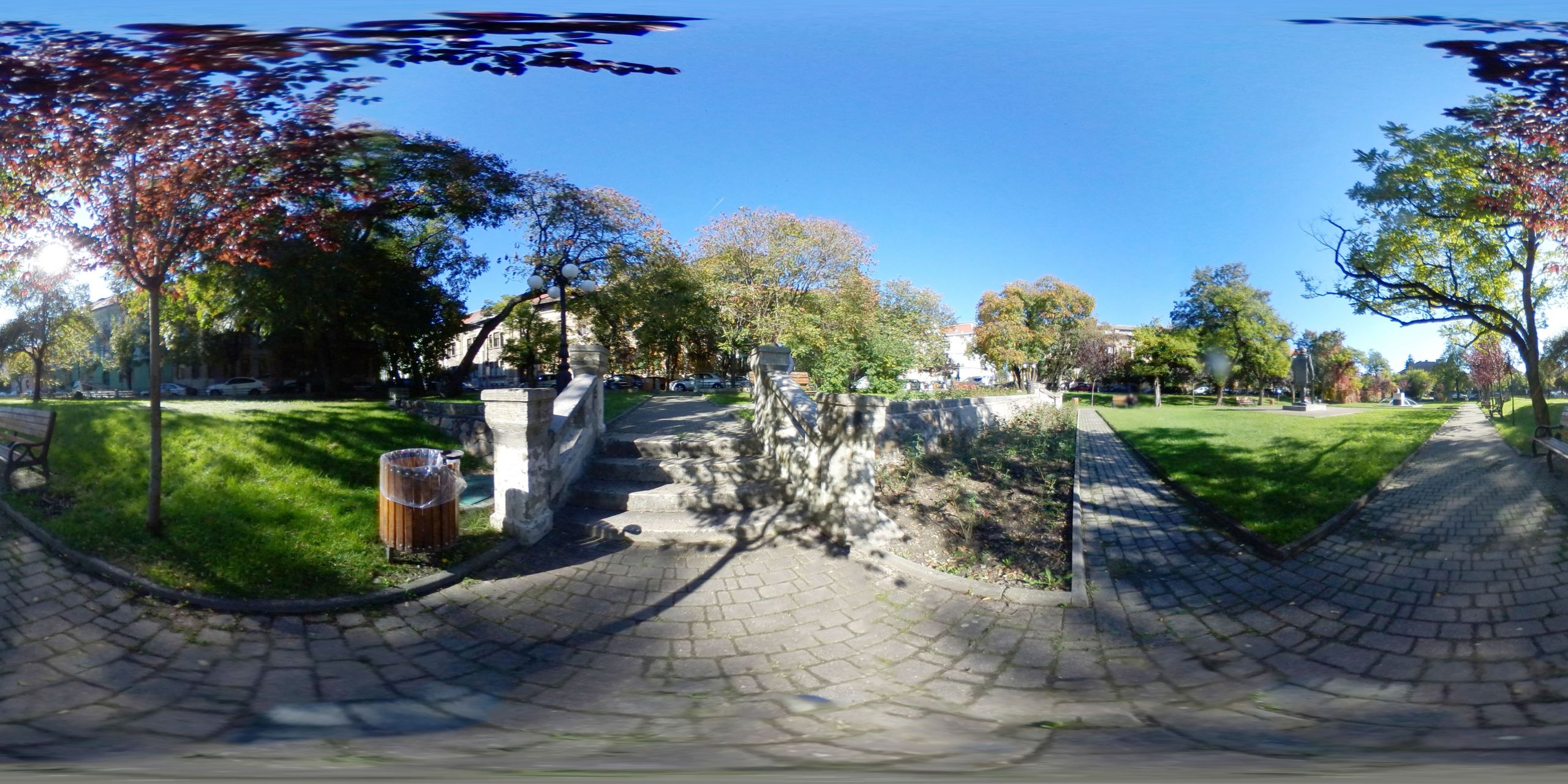
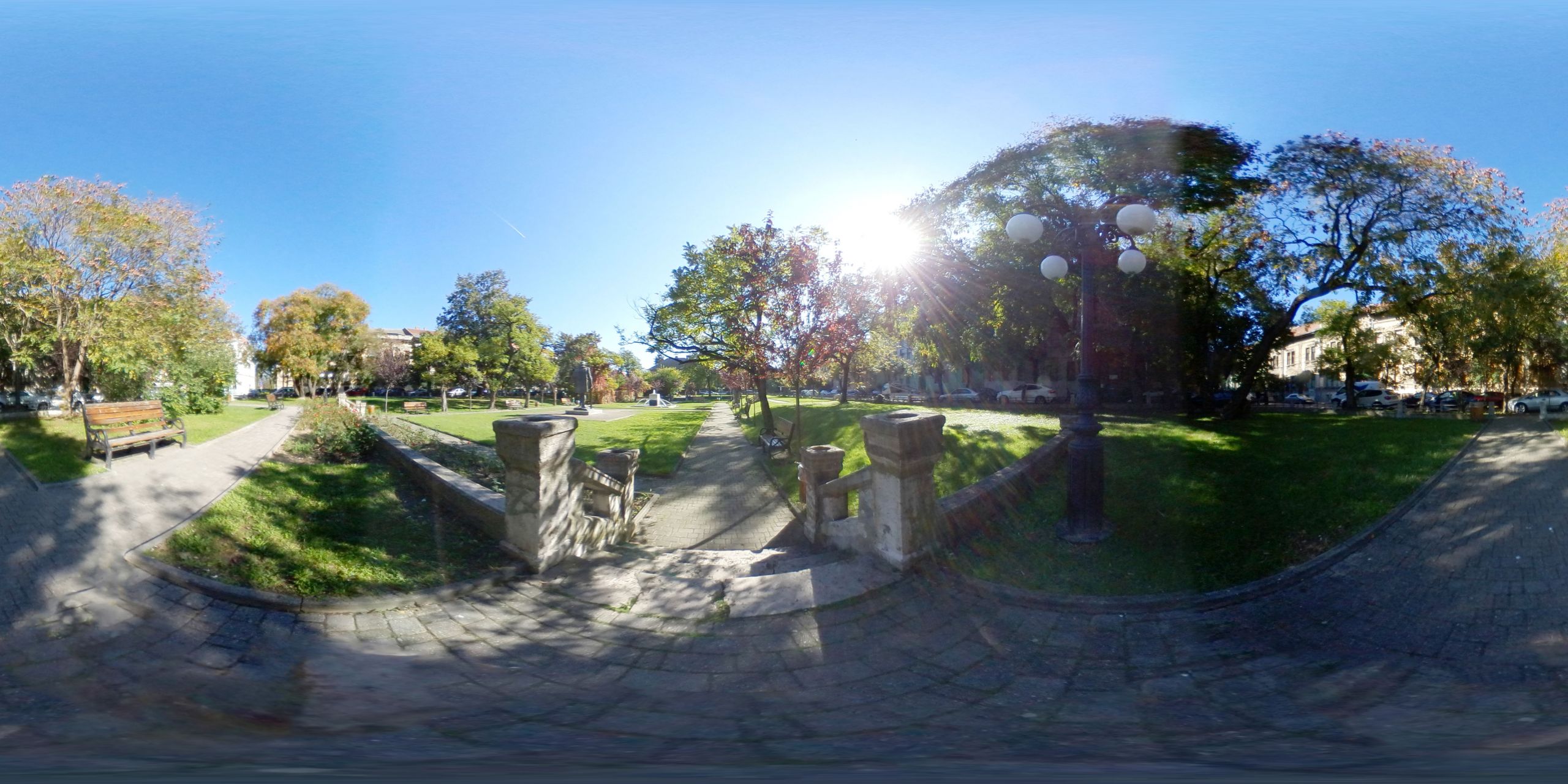
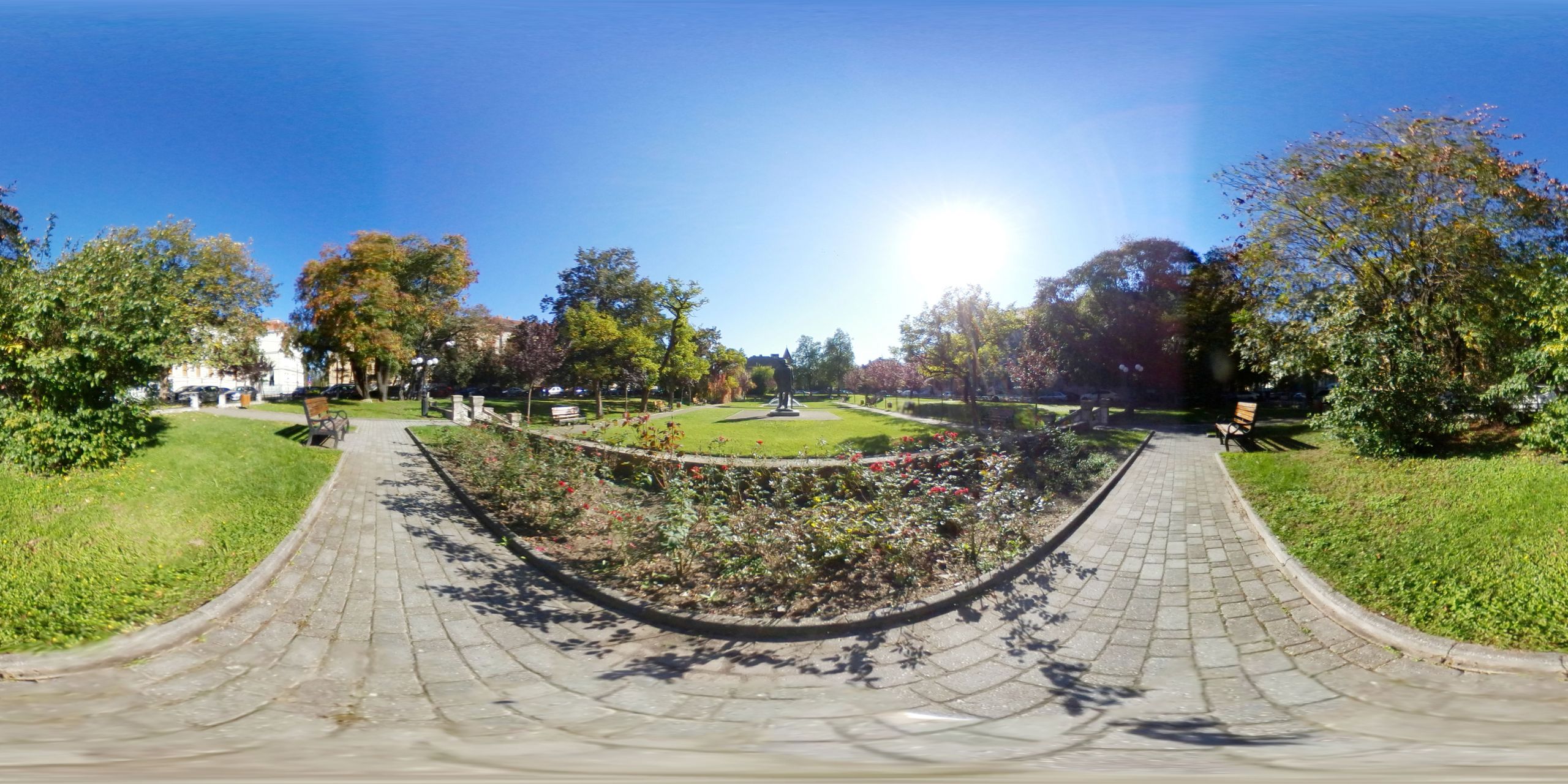
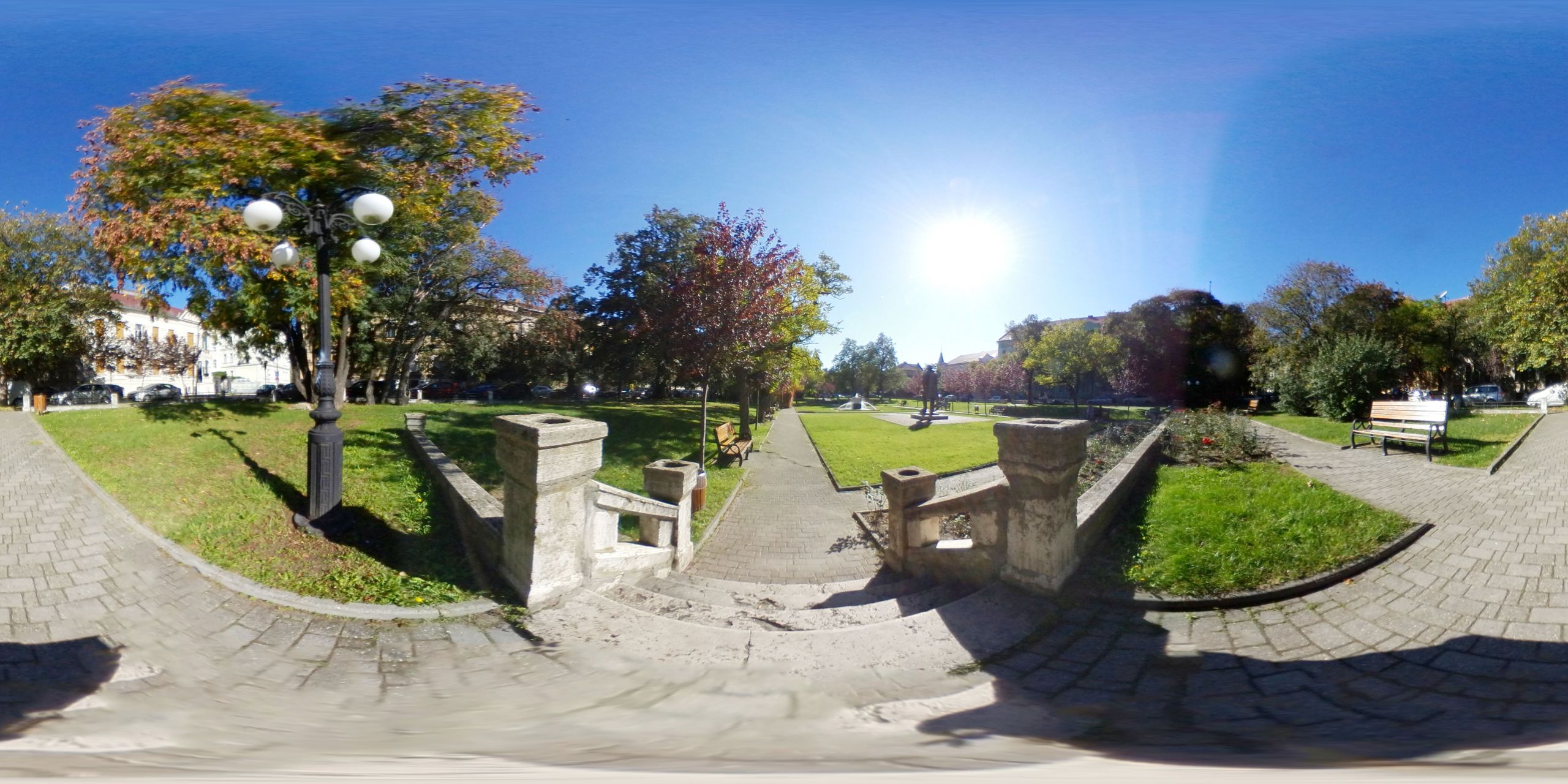
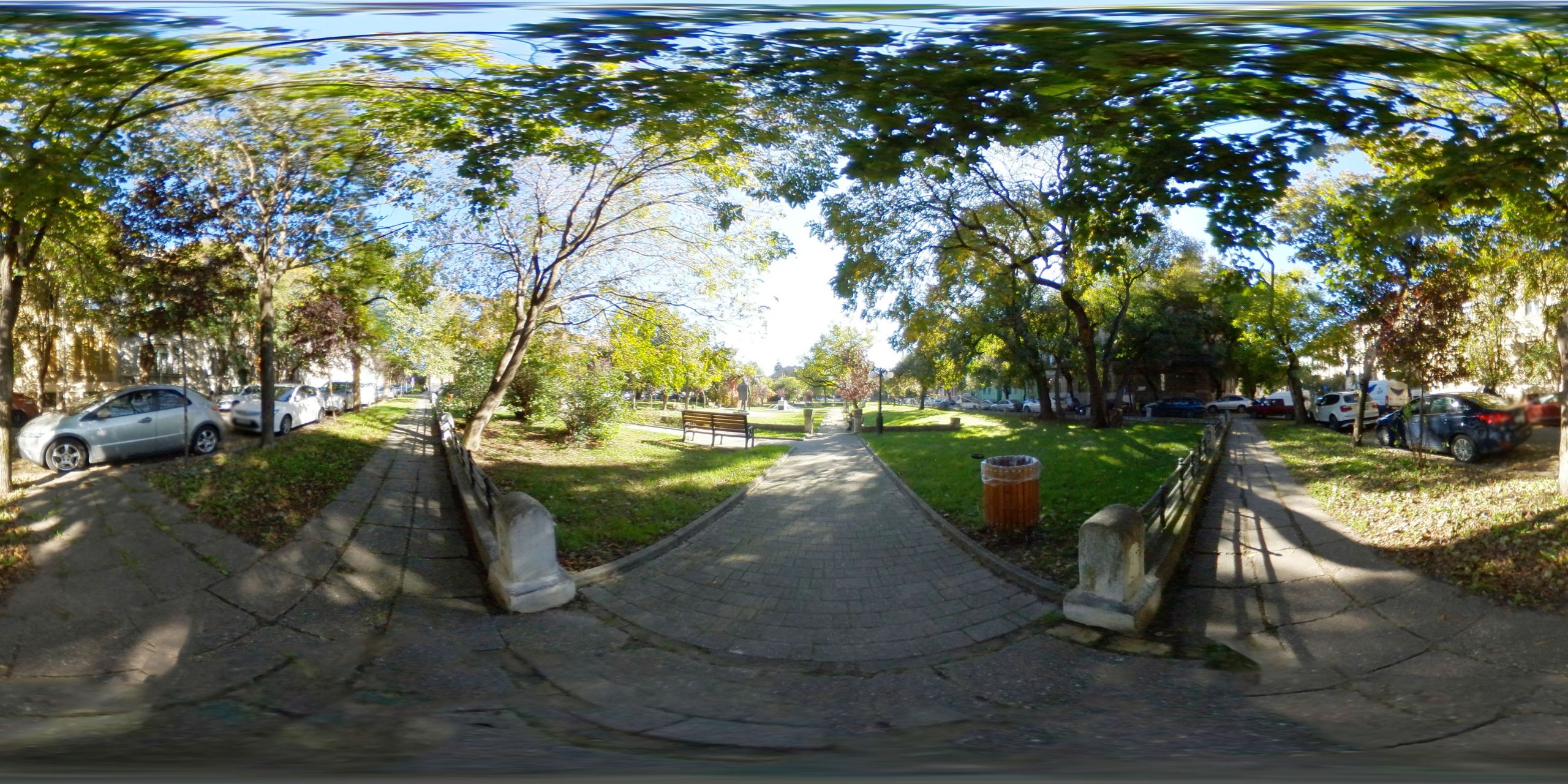
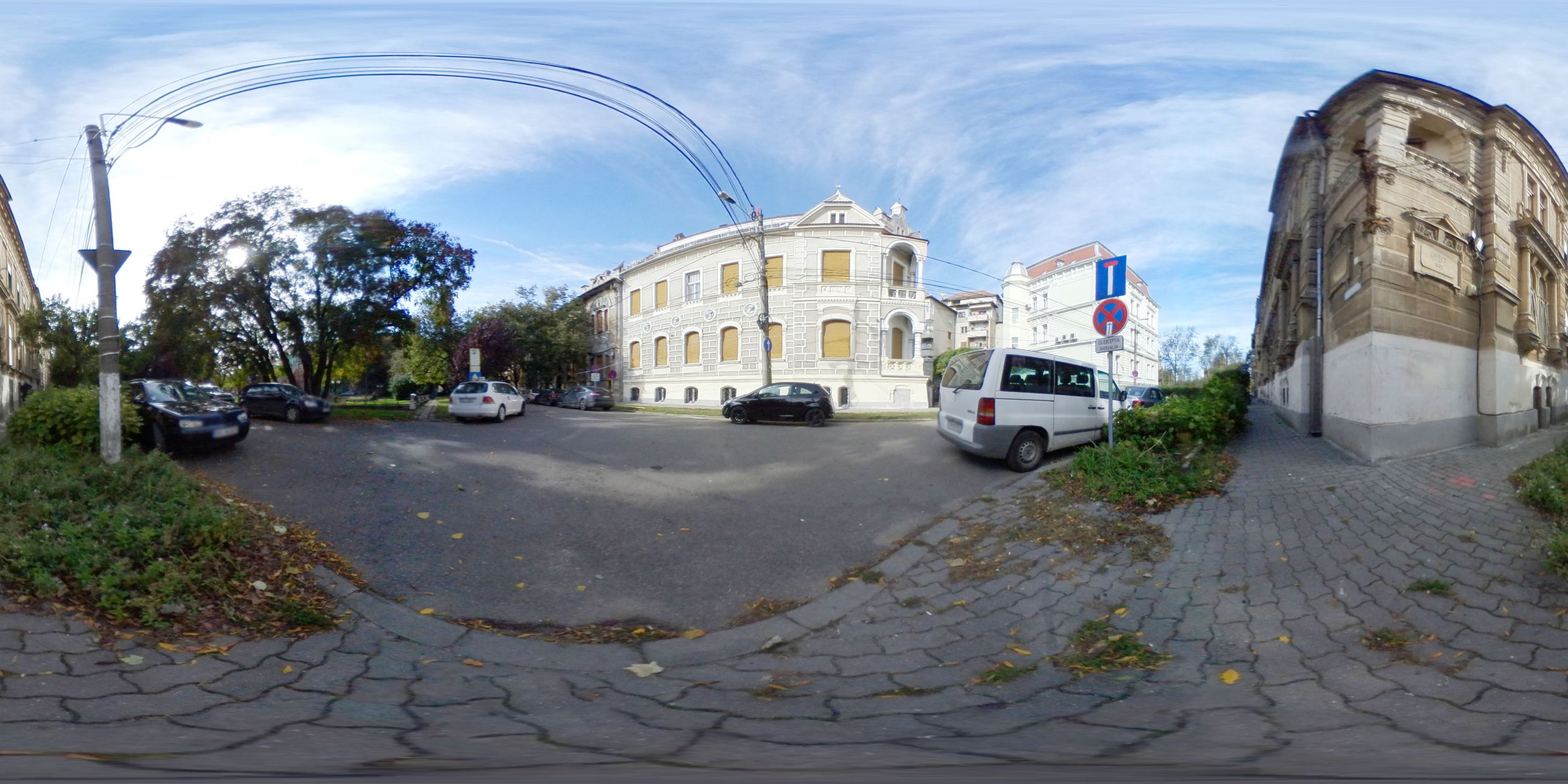
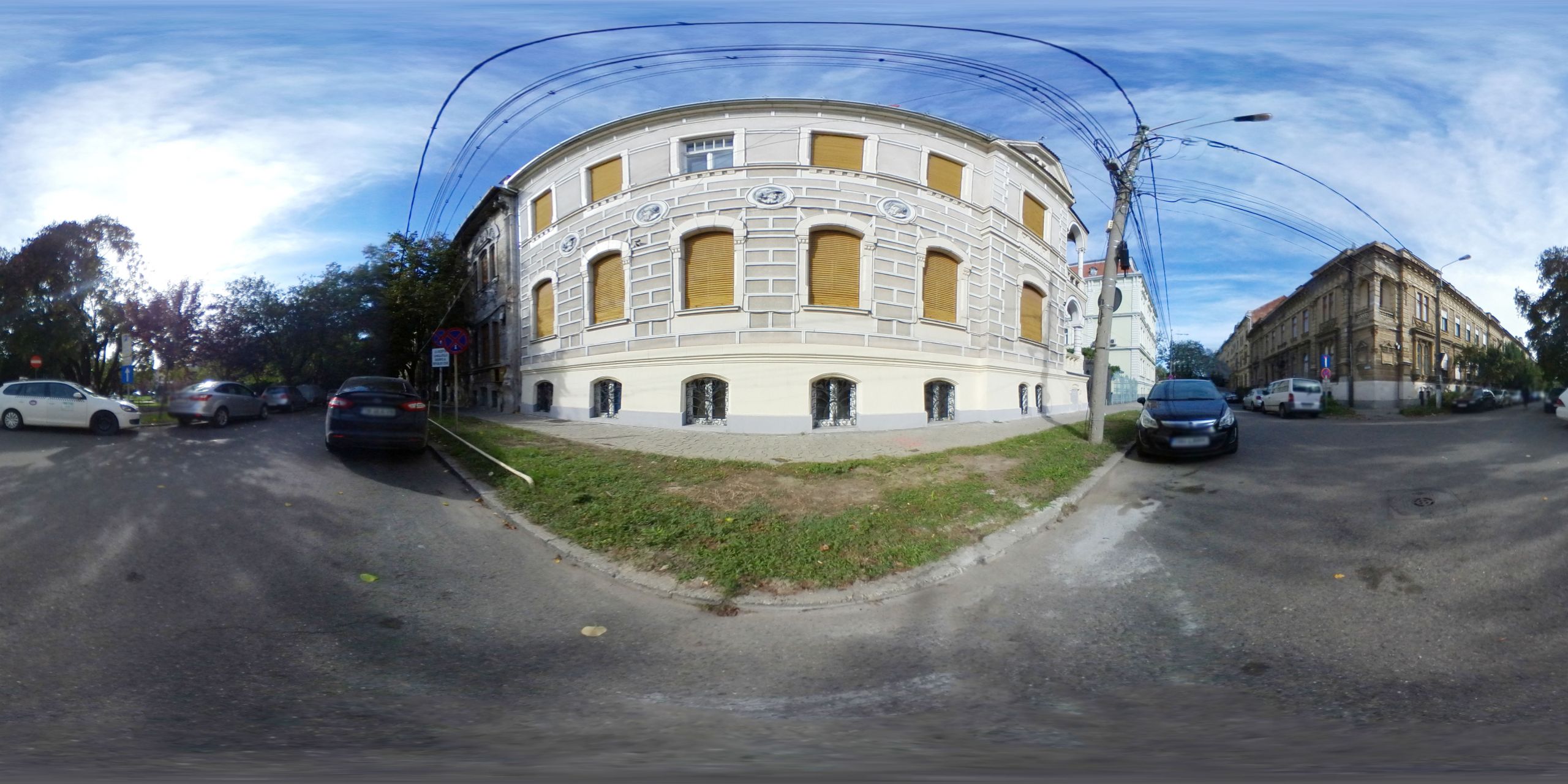
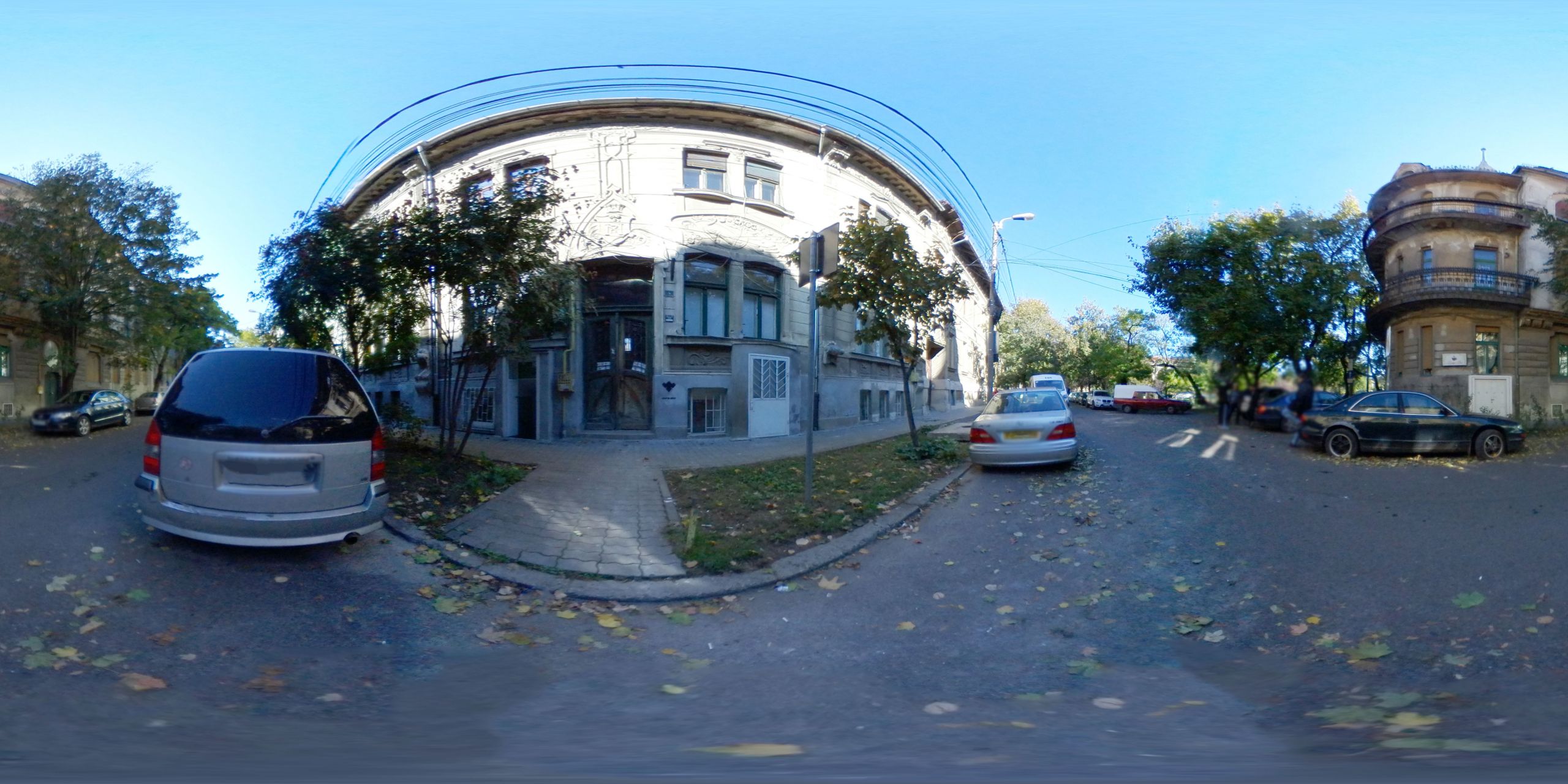

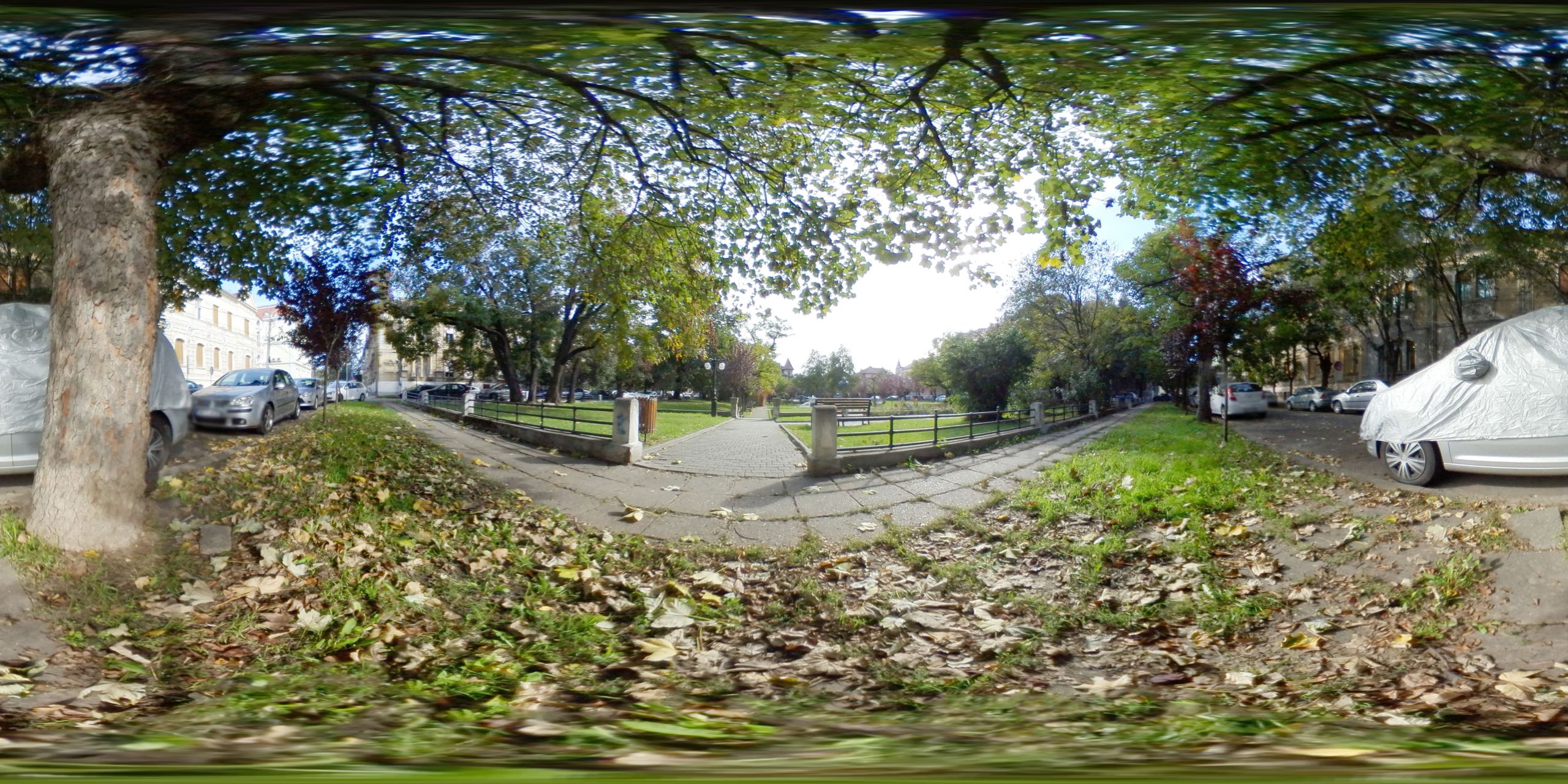
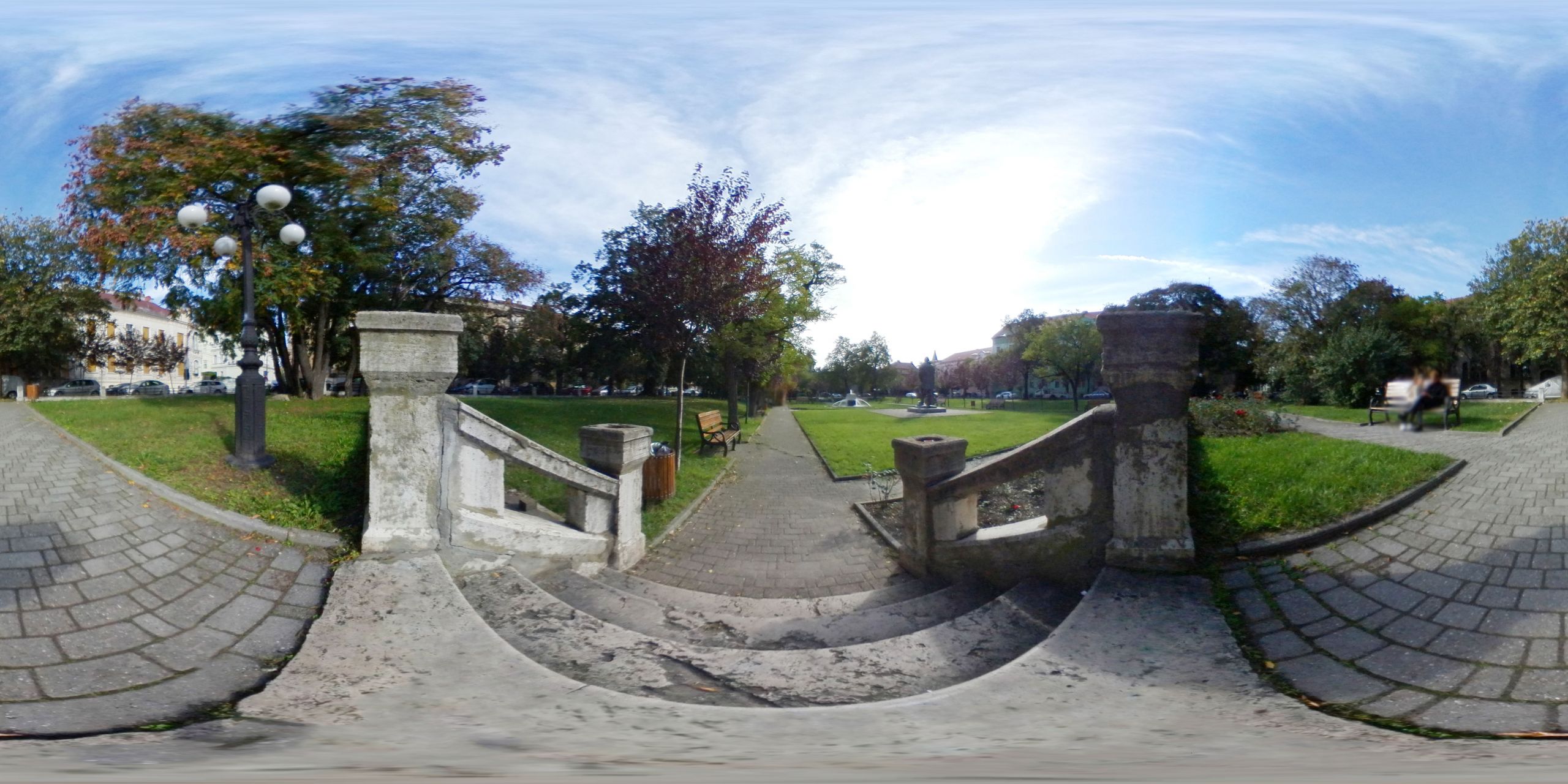
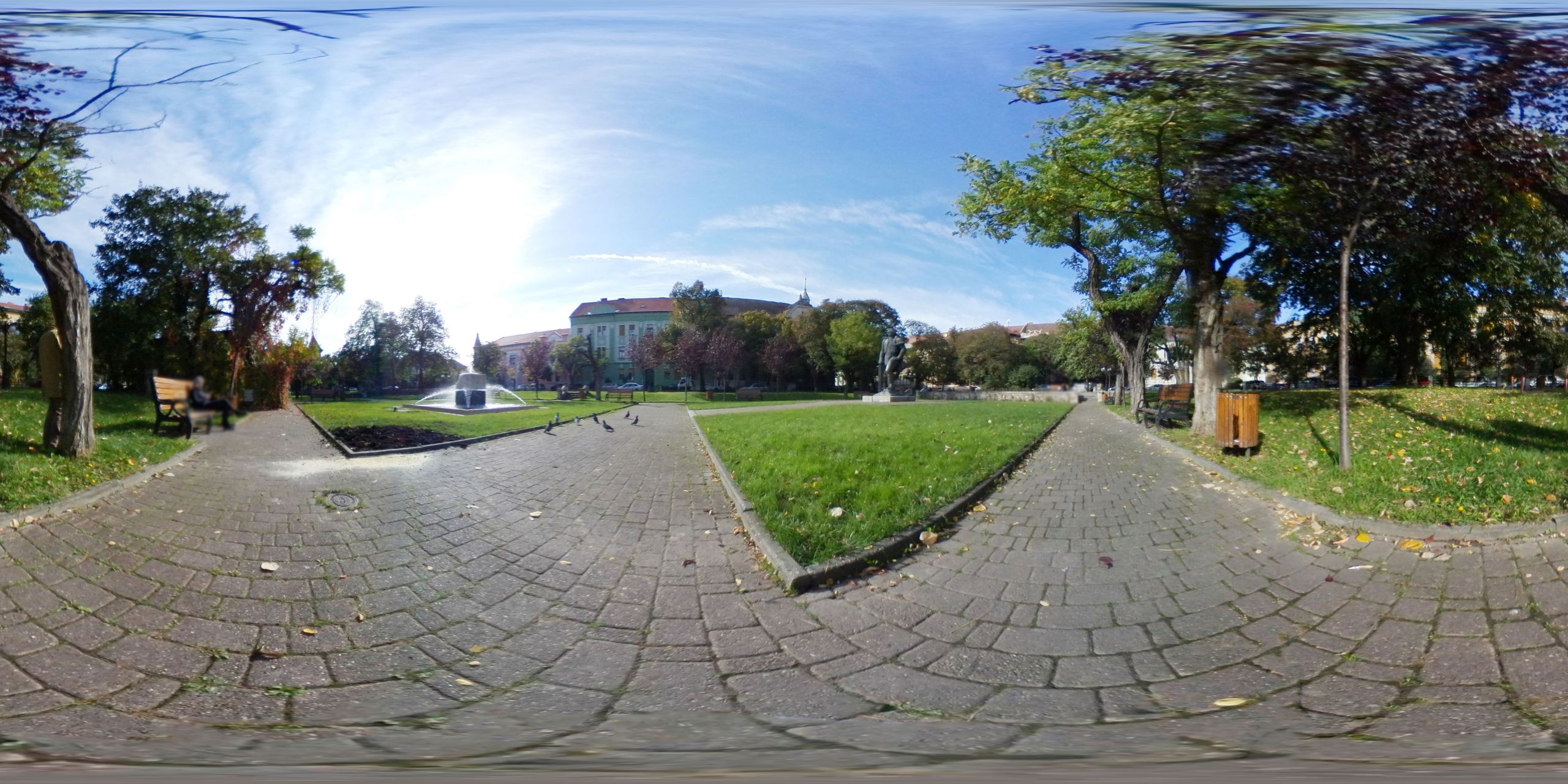
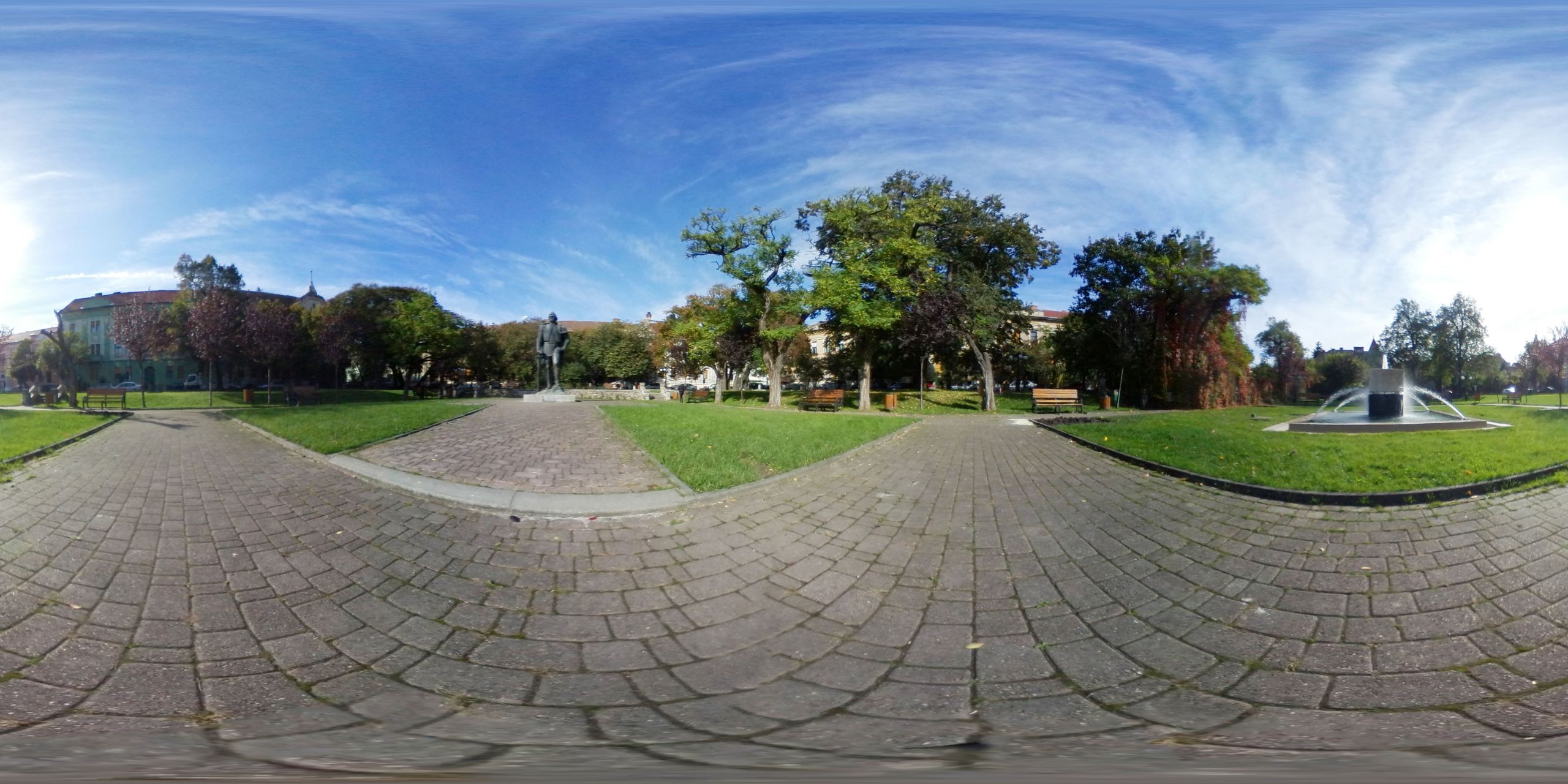
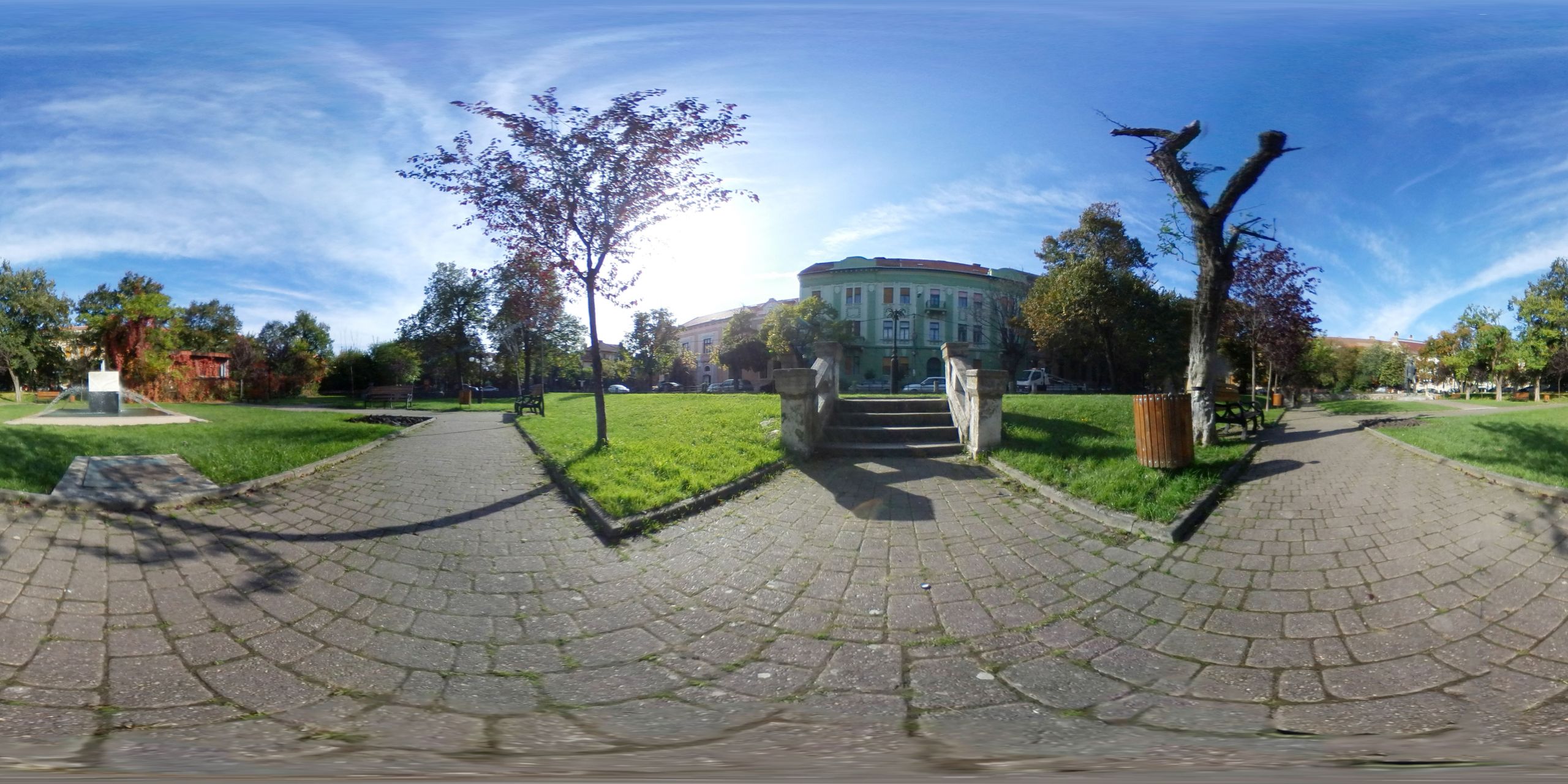
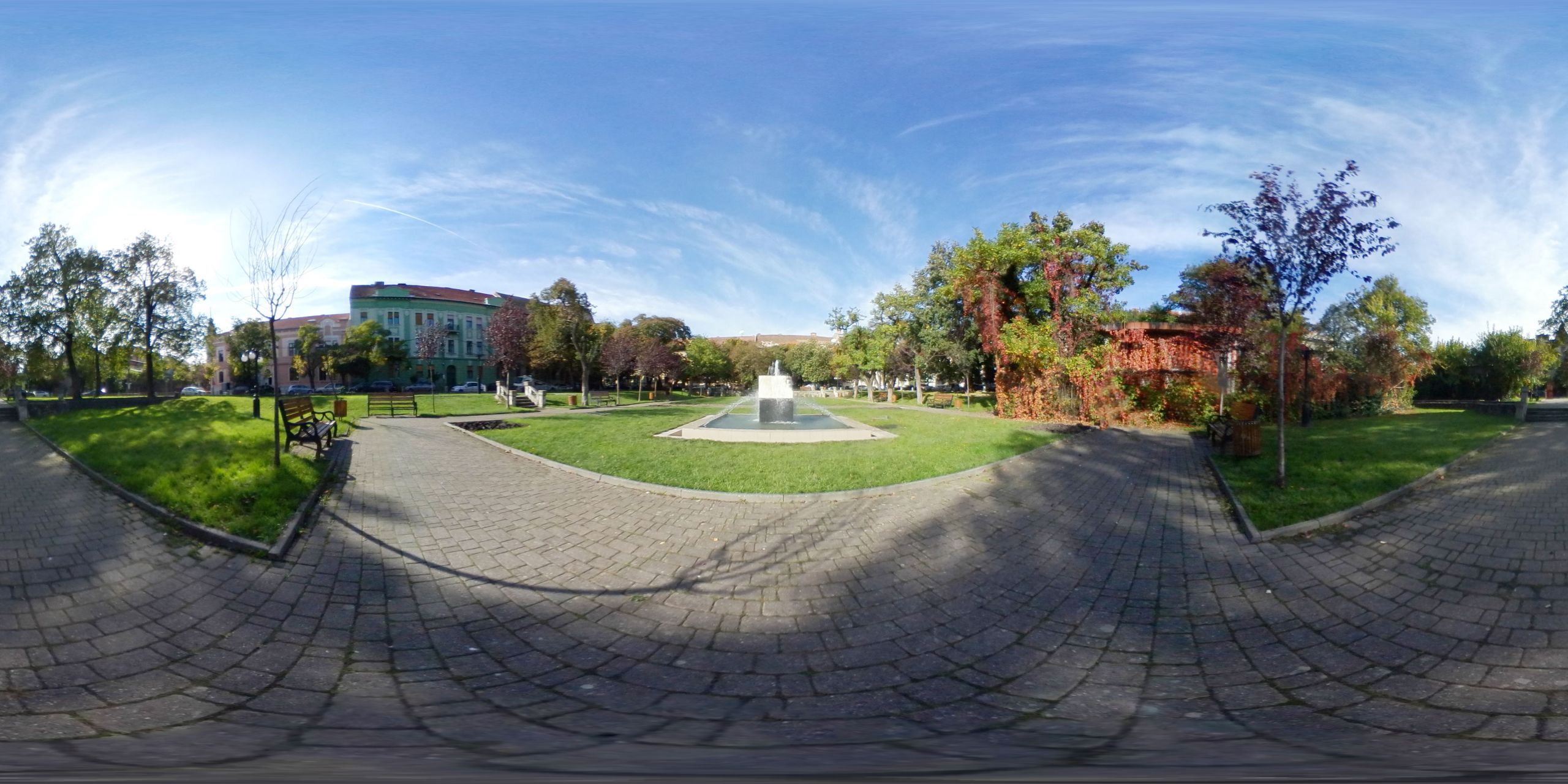
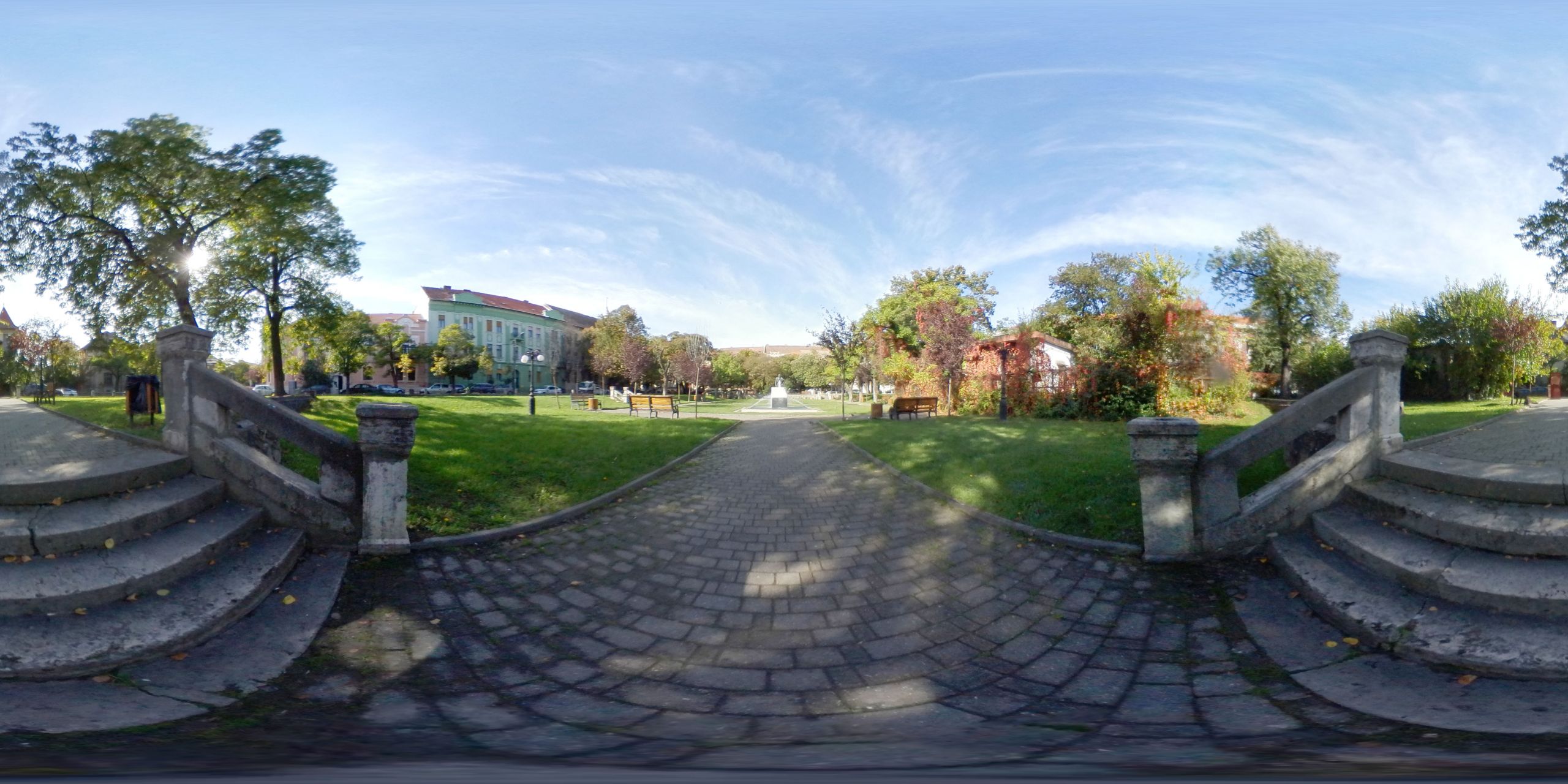


















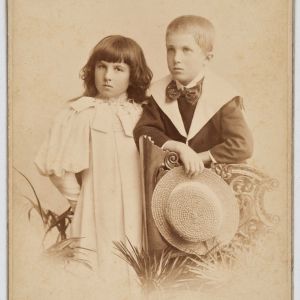
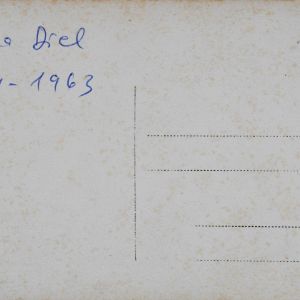
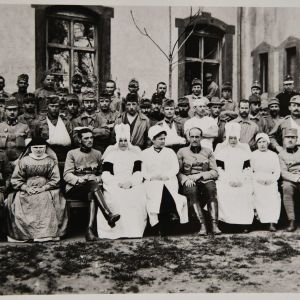
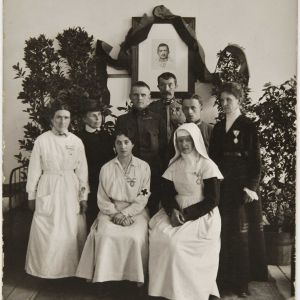
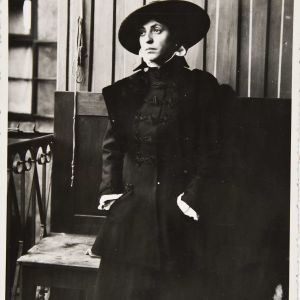
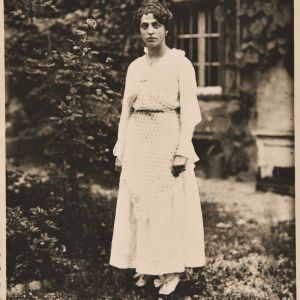
First of all I Kindle thank you for finding the comments regarding the owners of these beautiful houses, I always use to admire, when visiting Timisoara and recommend my friends to do , as well. It is a pleasure to notice when I;m once again to see new renovations, since some need it...
It was as well a pleasure to find memories of an ex Carmen Sylva High schoolmate as born in Timisoara and living in Bucharest it was not easy , at least at the begining to think different as my Bucharest friends...